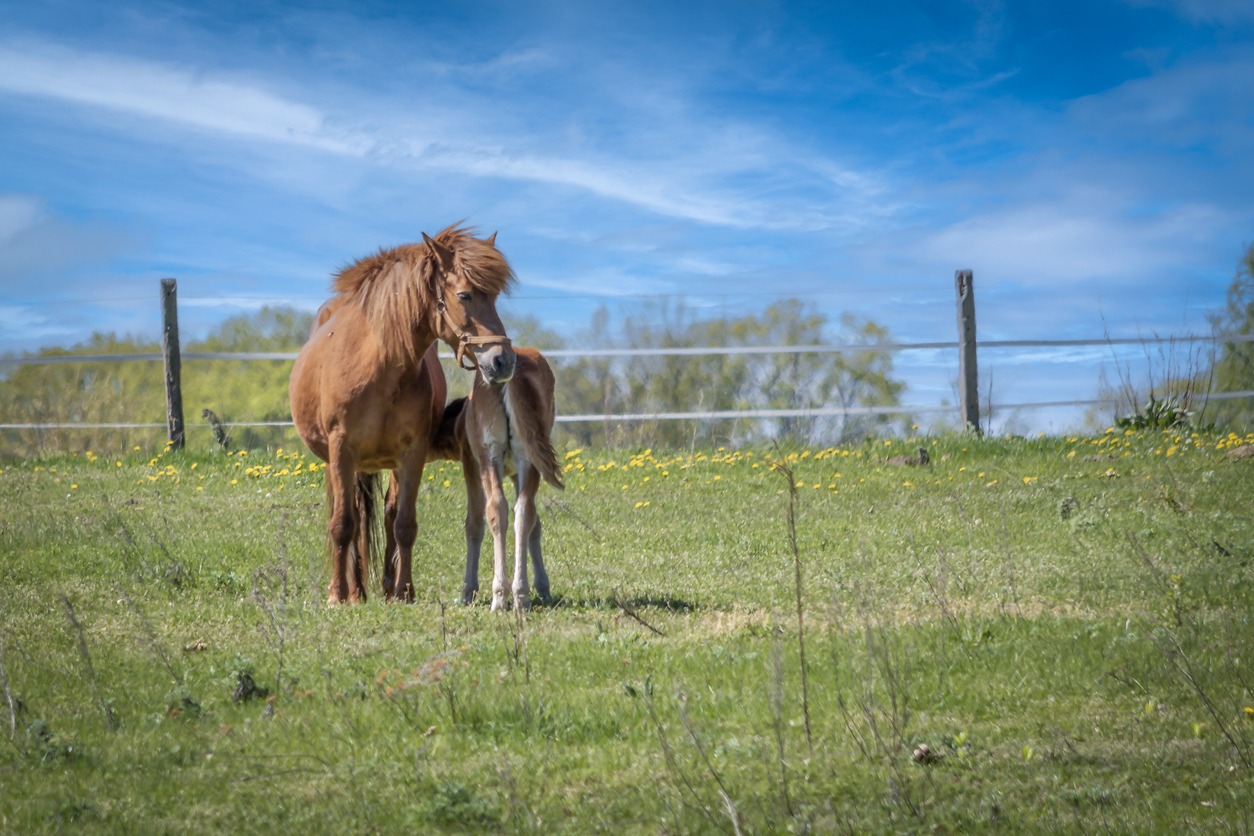Horses are often considered a pet for the rich. They require a high amount of maintenance, mainly because of their beautiful hair and complicated diet. As most of us know, horses are excellent runners, thanks to their sturdy legs. One common feature of a horse is it makes a great mode of transportation, which was already common for thousands of years.
With this said, we can say that horses require a considerable amount of time and effort to maintain their healthy and robust physique. Interestingly, there are many other features needed to maintain a horse’s healthy figure; for starters, the owner should have massive land, to begin with.
In this article, we are going to answer one of the most common questions asked when it comes to owning a horse: How much land do you need for a horse?
What should you know when owning a horse?
As mentioned earlier, horses require massive land to use for training, as well as for their daily activities. However, a large land is not enough for a horse to maximize its training; several other factors should also be considered when it comes to choosing the right place for keeping your beloved companion.
One of the most important things to consider when planning the area size for your horse is the quantity. Always make sure to compute your land’s length depending on the number of horses you are planning to own. Experts state that the ideal land size for a single horse is two acres, adding one acre for each additional horse. This is one of the most usual requirements when it comes to owning a horse, but other factors still come into play.
As the landowner, you should also be mindful of the abundance of pasture and hay to ensure that you could provide for your horse’s needs. However, this feature depends on the location.
Another factor you should consider when computing the land area for your horse is if you would focus on exercise or nutrition. If you focus on your horse’s nutritional needs, you would need to have a larger area; on the other hand, you are focusing on training and exercise, a smaller land area would be fine. Associated with this is that you should also check your state’s laws about the matter since it is highly variable depending on your location.
What are the differences between having a small and large field?
Moreover, since that it is already established that land for horses requires pasture, the landowner should also be aware of the amount of grass present in the place. Horses usually eat grass as their daily diet, also known as grazing, so being mindful of the pasture’s size is essential.
If you are focusing on the horse’s nutrition rather than training and exercise, a larger land size would be ideal, as mentioned earlier. Once you already have the right land area for your horse, make sure to maintain at least fifty percent of the field covered in grass. With this, the horse would have more grass to choose from when grazing; just make sure to monitor the height of the grass, which needs to be at least more than three inches tall to avoid damage on the pasture.
On the other hand, if you only focus on training and exercise for your horse, a smaller land would be ideal. This type of field would be perfect for promoting complex diets. As mentioned earlier, a smaller field is an excellent choice for training purposes since a horse running in a twenty-foot by forty-foot facility would have the same health benefits as those in vast estates.
These are only some of the factors an owner would need to consider when owning a horse. Following these practices could help the owner save time and money in computing the size of land for his or her companion.

